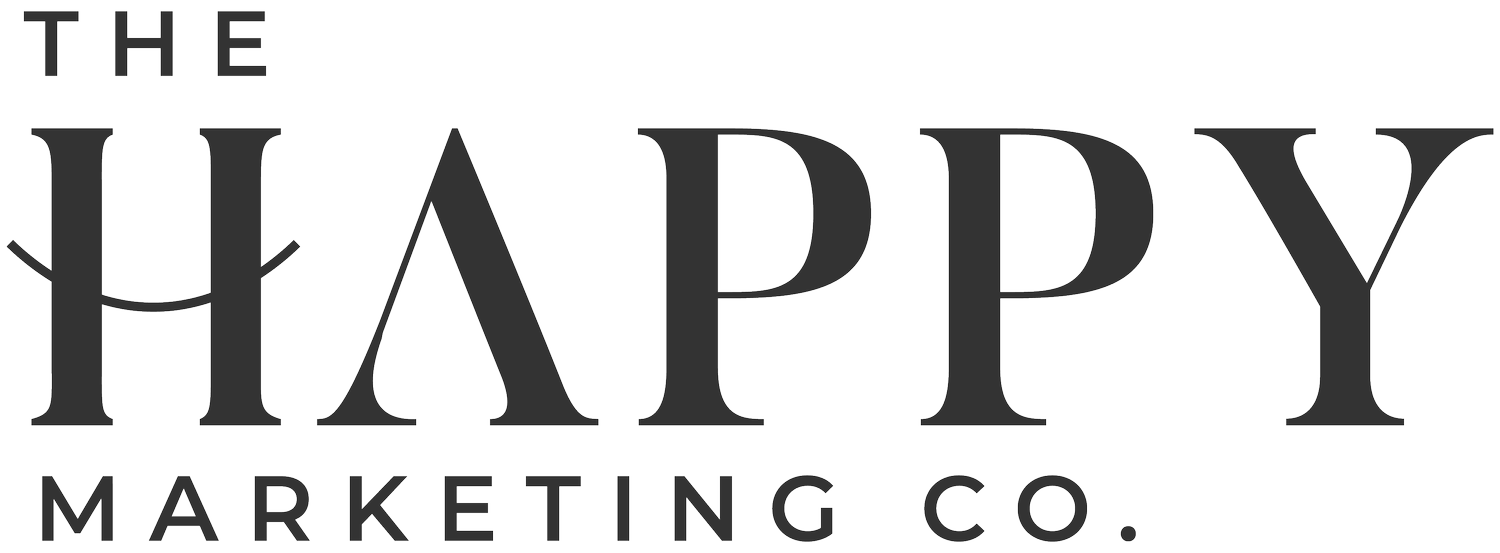How to optimize your website with keywords and where to put them
Whether you’re an e-commerce business or you’re a local service provider, getting traffic to your website can make a huge difference in your company’s growth and monthly revenue. If you sell a product online, you want shoppers to be able to find YOUR products over your competitors. And if you offer a service, whether it’s local or national, you want ideal clients to find your services and book an appointment with you.
If you’re asking yourself, “What does optimizing your website mean” — SEO helps your audience find you, make a purchase, repurchase, and/or connect with you to get a service. One important way to increase your organic traffic is by authentically incorporating keywords throughout your website.
What are keywords?
One of my favorite ways to share this with small business owners is to put yourself in your customers’ shoes. What would your ideal customer search on Google to find your product or service? These short phrases are keywords. They can range from one to several words in length, depending on what your product/service is.
For example, if you sell jewelry, your keyword might include:
Affordable gold jewelry
Waterproof gold jewelry
Gold necklaces
Gold rings
Gold diamond earrings
Keywords are not only specific for your business and what you sell at a high level, but they get specific per product and per page on your website. That’s why it’s important to find keywords per product and per page on your site, then create a keyword-to-page map that assigns a set of keywords to each page, product description, etc.
Where do you find keywords for your website?
The keyword research tools I use range depending on the complexity of my client’s business and product and/or services. Sometimes it’s easy to perform keyword research, while other times we have some digging to do for more complex companies.
My keyword tools:
Moz: helps you with competitors and keyword suggestions for a website that’s not new
Google Keyword Planner: discover new keywords for your website and products
Organic search via Google: by typing in your product and/or service and researching results that come up on page one, as well as looking at your competitors’ keywords
AnswerThePublic: topics your audience is interested in
Although optimizing your website can seem overwhelming, I’m here to help you focus on either core areas of your website where you want to incorporate your targeted keywords. If you start with this, you’ll be on your way to dramatically increasing your website traffic and performance.
Where to include keywords on your website:
1. Page headers (H1, H2, H3, etc.)
Think of page headers as organizers of your website content. There’s one at the top of your homepage that tells people exactly what you do (your H1). Then there’s a smaller one that usually addresses a problem or goes into detail about what they can expect. The page headers on your site help your audience navigate through your website, while also targeting search engine users so they can find your product/service.
2. Title tags, AKA page titles
The title tags act as a naming convention for each page. They are visible, but casual web visitors likely won’t notice. They’re mostly there to help Google and search engines understand what the page is about and how it can serve someone who is searching for your product/service.
3. Page URLs
One of my pet peeves is when a URL isn’t optimized and it looks something like “/page-1” — what is this page about? No clue! That’s why your URL should reflect the H1 or your main page title so the search engines (and your website visitors) can understand.
4. Meta descriptions
Meta descriptions help with SEO because they are visible in search results. This is a short description of the page so when people are searching, they know what they will find when they see the page in search results.
5. Product descriptions
Did you know that product descriptions not only help your shoppers know what your product is, but they directly impact your organic traffic? Back to the jewelry example, you need keywords in the product description such as “gold luxury jewelry” so your audience knows what it is, while also being optimized and searchable.
6. Within your page content
Adding keywords in your page content is the most common way to include keywords, but it has to be done authentically. You don’t want the content on your website to look like it was created by a robot or only there for Google.
7. Image file names
Another one you might not have known, optimizing your image file names can help with SEO a lot! I look through images when I’m searching for a product, so always optimize the image so your audience sees exactly what you’re selling.
8. Image alt text
Alt text is important for accessibility, as screen readers use alt text to describe an image. This is good for SEO, but it’s also important to ensure everyone can effectively view your website and its contents.
If your website is in need of an audit and some major optimization, The Happy Marketing Co. offers our Website Audit and Growth Strategy, which will help you identify what needs to be improved to reach an even bigger audience and convert your leads.
Looking for an SEO expert? Book a free discovery call!
